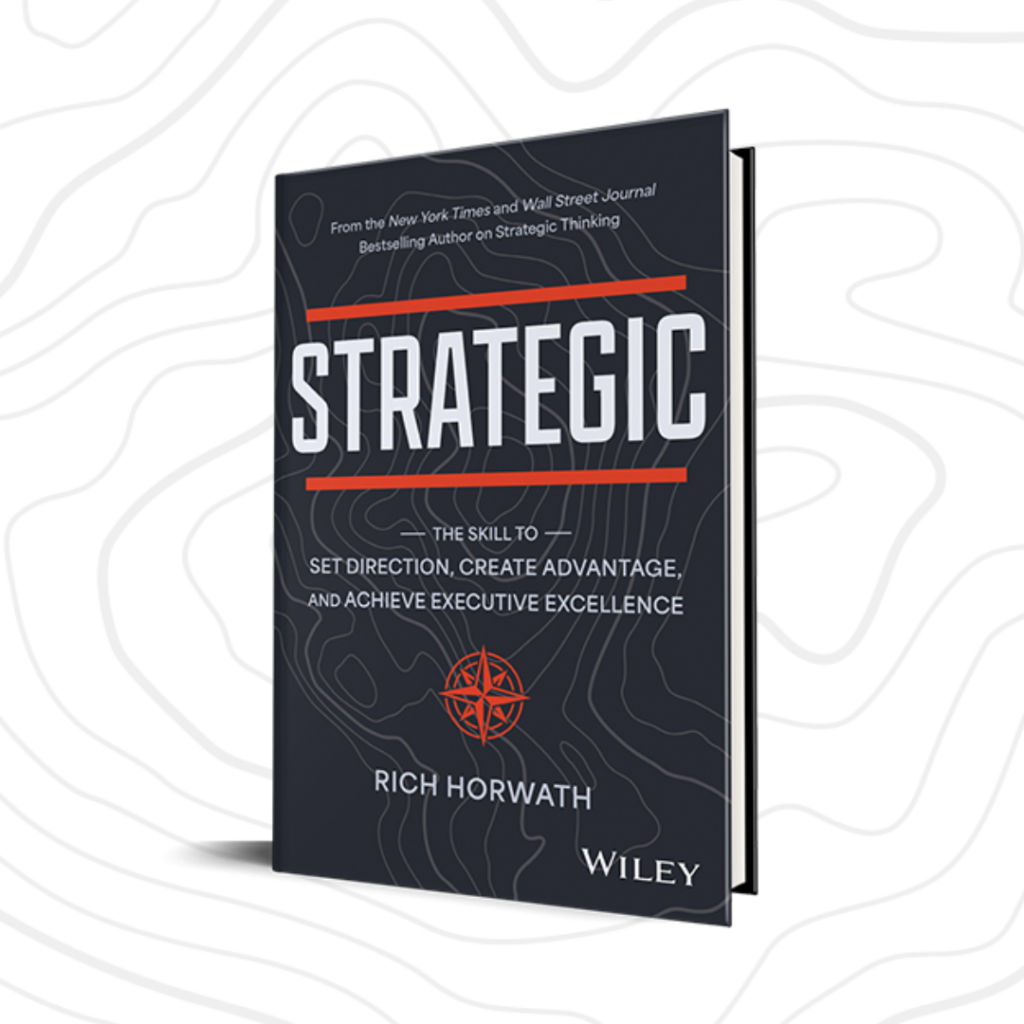“When I was a kid, there was no collaboration; it’s you with a camera bossing your friends around. But as an adult, filmmaking is all about appreciating the talents of the people you surround yourself with…”.
Steven Spielberg, Film Director, Writer, and Producer
As one’s responsibilities increase and the pressure to achieve goals and reach financial targets heightens, it’s common to descend into a mental foxhole and lose sight of the power of collaboration. To collaborate is to work with others willingly and agreeably for a common purpose. Taking a page from Spielberg’s script for success, are we actively aware of and tapping into the talents and insights of those around us on a regular basis in order to drive towards our destination?

Several studies suggest we have an opportunity to shorten our paths to success by engaging in effective collaboration. Why is this relevant? The majority of leaders and their direct reports are involved in collaborative activities a whopping 85 percent of their time. A survey by Human Capital Media Research found that 58 percent of cross functional groups within organizations do not effectively align their strategies with one another. And when collaboration is occurring, it’s not always achieving its intended effects. Research shows that a meager 6 percent of people collaborating through cross-functional groups think that they are regularly achieving outstanding results and less than 10 percent report that information is shared effectively. How then, can we realize the full potential of collaboration?
Research involving students from Stanford University demonstrated the power of language on collaboration. Using a Prisoner’s Dilemma concept for the game, students were offered the choice of working with or against their classmates. When the game was described as the “community game,” 70 percent of students chose to cooperate with one another. When the game was described as the “Wall Street game,” indicating market competition, those choosing to cooperate with others dropped to 30 percent.The findings suggest that the language a leader uses to communicate can have a significant impact on people’s collaborative behaviors. In this case, whether people within the same organization choose to collaborate or compete with one another. A popular mantra to clarify the distinction is “collaborate internally and compete externally.”
The following questions can serve as a starting point in examining the environment for collaboration in your organization:
1. What factors have inhibited collaboration?
2. What factors have facilitated collaboration?
3. Identify the mindsets, behaviors, and actions that can foster future collaboration for your group.
A subtle but powerful technique to turbo charge collaboration is to work alone. Say what? While the idea of working by oneself to collaborate more effectively is counterintuitive, research demonstrates its value. Dozens of studies show that during idea generation sessions, those people who worked in silence to think about and record their ideas prior to talking with others produced higher quality and significantly more ideas than those that immediately jumped into conversations.
Beginning a session by having people work individually to write down ideas allows for more original thoughts to surface because people aren’t immediately influenced by the first thing that comes out of their colleague’s mouth. Working alone to start also spreads accountability for ideas across the entire group, preventing the mental drafting that some do to avoid having to contribute. Finally, studies show that in idea generation sessions, individual thinking prior to group conversation generates a higher quality and quantity of ideas than initiating the session with collective brainstorming.
If you have teams that are struggling with collaboration, here is an agenda that may help grease the wheels for more productive cooperation:
Goal: Identify principles and practices to foster high-level collaboration between your teams.
Pre-Work: Please review the following questions and come prepared to discuss your ideas:
1. Collaborate is defined as “to work with others willingly and agreeably for a common purpose.” How would you describe the common purpose for your teams?
2. Consider two examples from your past where excellent collaboration occurred. What were the key factors that created the high-level of collaboration? How could those factors be applied to your teams?
3. What challenges or issues could hinder high-level collaboration between your teams?
4. A principle is defined as “a guiding rule of conduct.” What principles do you believe would help guide strong collaboration between your teams?
5. What action steps would you recommend to ensure high-level collaboration between your teams moving forward?
Collaboration is fueled by mindset, language, and behaviors. The quality and quantity of collaboration is embedded in an organization’s DNA, consisting of the values and principles by which people work. If you don’t believe that collaboration is optimal amongst your people and their teams, start by identifying the types of words, activities, and principles that would foster it and introduce them into everyday interactions. Ensure that culture and financial incentives are supporting collaboration and share both external and internal examples of successful collaboration and the benefits they have yielded. Even in highly competitive companies and business arenas where a “survival of the fittest” mentality presides, recall the other words of the author of that theory, Charles Darwin, “It is the long history of humankind and animal kind, too, those who learned to collaborate and improvise most effectively have prevailed.”
How do you navigate your business from complexity to clarity?
Be Strategic.

My new book Strategic will be published on November 7th, 2023. In it, I share an incisive roadmap to help leaders at all levels think, plan, and act strategically on a daily basis to navigate every business challenge they face. The book offers business leaders a proven framework―the Strategic Fitness System―containing dozens of tools, techniques, and checklists to confidently master every area of the business, from designing market-winning strategies to shaping the organization’s culture.
When you have the knowledge, tools, and skills to navigate your business, it produces both competence and confidence. How do you acquire, maintain, and grow the ability to successfully navigate your business, moving from your current position, over and through obstacles, to reach your goals? Be Strategic.
Learn more and preorder the book here: https://www.strategic-book.com/
*if you would like to preorder a bulk quantity (more than 10 books) please email anne@strategyskills.com to learn about our custom packages.
